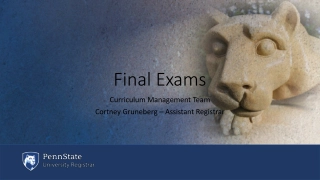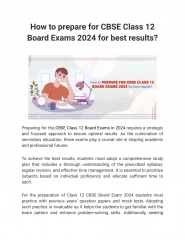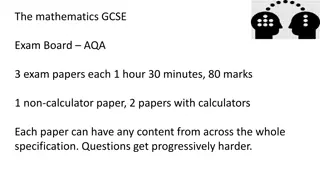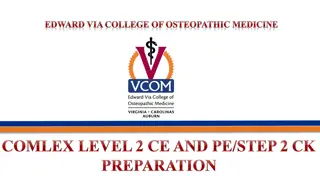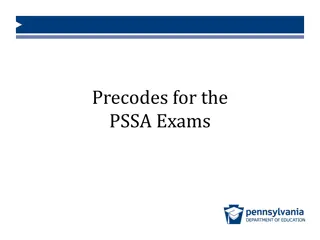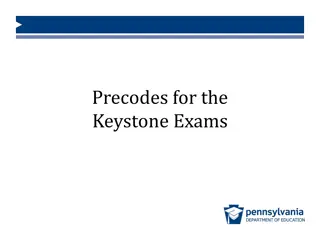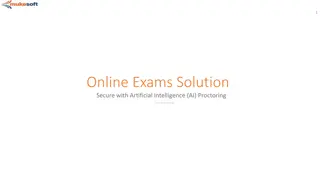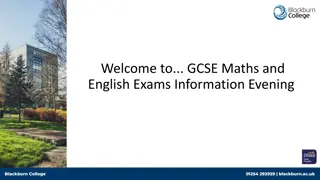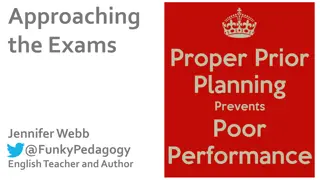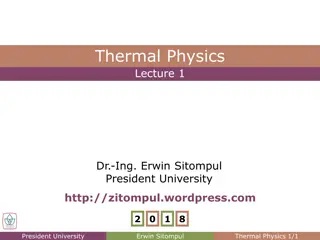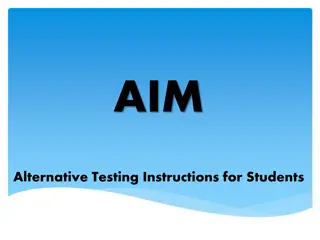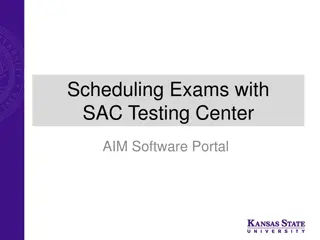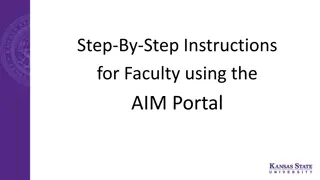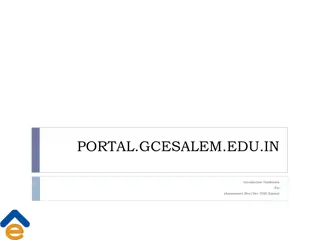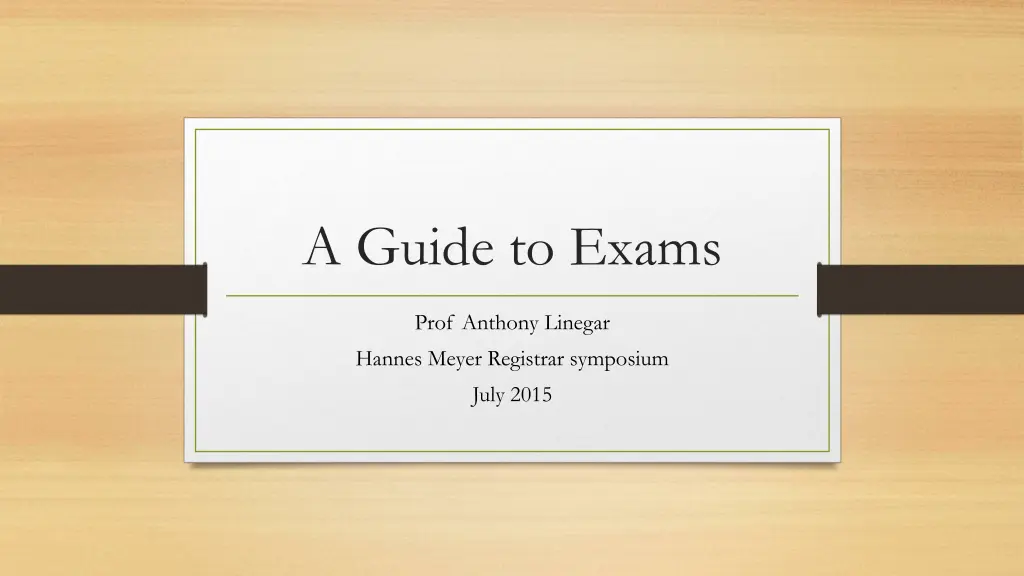
Effective Strategies for Exam Success
Enhance your exam performance with insights on why students fail written exams, tips on writing style, recommended study spots, and example surgical questions and discussions. Learn how to approach different types of questions and present your answers logically for better results.
Download Presentation

Please find below an Image/Link to download the presentation.
The content on the website is provided AS IS for your information and personal use only. It may not be sold, licensed, or shared on other websites without obtaining consent from the author. If you encounter any issues during the download, it is possible that the publisher has removed the file from their server.
You are allowed to download the files provided on this website for personal or commercial use, subject to the condition that they are used lawfully. All files are the property of their respective owners.
The content on the website is provided AS IS for your information and personal use only. It may not be sold, licensed, or shared on other websites without obtaining consent from the author.
E N D
Presentation Transcript
A Guide to Exams Prof Anthony Linegar Hannes Meyer Registrar symposium July 2015
Why do 55% fail the writtens? Too little theory Not sticking to the question (Surgical management means just that) Word count (too few does not give you a chance and too many wastes time) Most cardiac questions can be anticipated and pre-prepared Thoracic questions tend to require more evidence of insight into decision making Differentiate between factual and insight questions Poor planning in preparational studies, not engaging with subject matter to understand level of debate, insufficient reading. Must show evidence of insight (principles of surgery, problems to be anticipated, outcome measures, predictors of poor outcome, pros and cons of a specific approach.
Writing style Hand writing Logical set out of the answer Mind map Stick to the question Use headings in your answer Use more bullets and less essay Cross outs mean it may not be marked Algorithm; Tabulate; List; Compare; Outcome measures; Predictors of outcome;
Spots (Moet Kennis) Pre-worked answers Rupture oesophagus Empyema (Chronic) Major haemoptysis Inflammatory lung disease Lung cancer (staging, s/e, neo/adj, palliation) Oesophagus cancer (staging, s/e, neo/adj, palliation) Anterior mediastinal mass Interstitial lung disease Aneurysms Coronaries Myocardial protection Theory of bypass Valve theory PE
Examples 1. Inflammatory lung disease: A. Discuss the various surgical options in the operative management of hydatid cysts of the lung. (30) B. Discuss the management of pulmonary air leaks in patients with pulmonary tuberculosis. (30) C. Discuss the factors that might predict poor outcomes following lung resection for post tuberculosis destroyed lung. (40)
A. Discuss the various surgical options in the operative management of hydatid cysts of the lung. (30) The principles are: A. Removal of the endocyst with its contents. B. Management of the cavity (bronchial openings and air leaks, residual space, haemostasis). C. Save lung where ever possible. Discussion points: 1. Pericyst. 2. Hypertonic saline or iodine soaked swabs. 3. Medical therapy and rupture. 4. Capitonnage (atelectasis versus air leaks and empyema). Problems: 1. 2. 3. 4. 5. 6. Bilateral cysts serial surgery; which side 1st Massive cyst Radical or conservative surgery Complicated cyst. Anaphyllaxis. Endobronchial rupture
Operative options: 1. Ennucleate the intact cyst +/- cappitonnage. Ugon 1952. Barrett. Peripheral. 5cm. Popular. 2. Cystostomy and evacuate the endocyst and contents +/- cappitonnage (Figuera). Recurrence, spill, >5cm. 3. Pericystectomy and cappitonage. Perez-Fontana technique 1953. 4. Lung resection. A cyst occupying more than 50% of the lobe is considered an indication for lobectomy. Pneumonectomy is rarely needed. Segmental resections or wedge excision is a reasonable option for smaller peripherally situated lesions.
B. Discuss the management of pulmonary air leaks in patients with pulmonary tuberculosis. (30) Introduction: Common problem. Mx depends on clinical context. Spontaneous pneumothorax +/- empyema; TB +/- ; HIV +/- ; Sick +/- ; DRTB +/- Principles of approach: 1. Approach 1 aims at closure of air leak 2. Approach 2 ignores the parenchyma and aims at adequate drainage of the pleural space (temporary or permanent). 3. Both approaches require Mx of the patient s underlying morbidities (TB, HIV, nutrition, diabetes, etc) Management decisions based on a matrix of these variables. Make a table that will help you make decisions.
C. Discuss the factors that might predict poor outcomes following lung resection for post tuberculosis destroyed lung. (40) Introduction: No evidence based publications. Data comes from clinical experience and case series in the literature. Poor outcomes defined as: Mortality Bronchus rupture Empyema Bleeding requiring re-opening and large blood Tx Factors associated with each of these: Mortality (Major vessel bleed intraop and postop technique; physiological demise selection) Etc
How to prepare for the exam Read the theory and the literature (your consultant will guide you as to the controversies) Prepare answers to key questions (management of haemoptysis, complications of MI, surgery for ischaemic MR) Practice writing out answers to past papers Get your consultant to mark these Prepare long in advance Make notes as you go and add to them as your develop.

